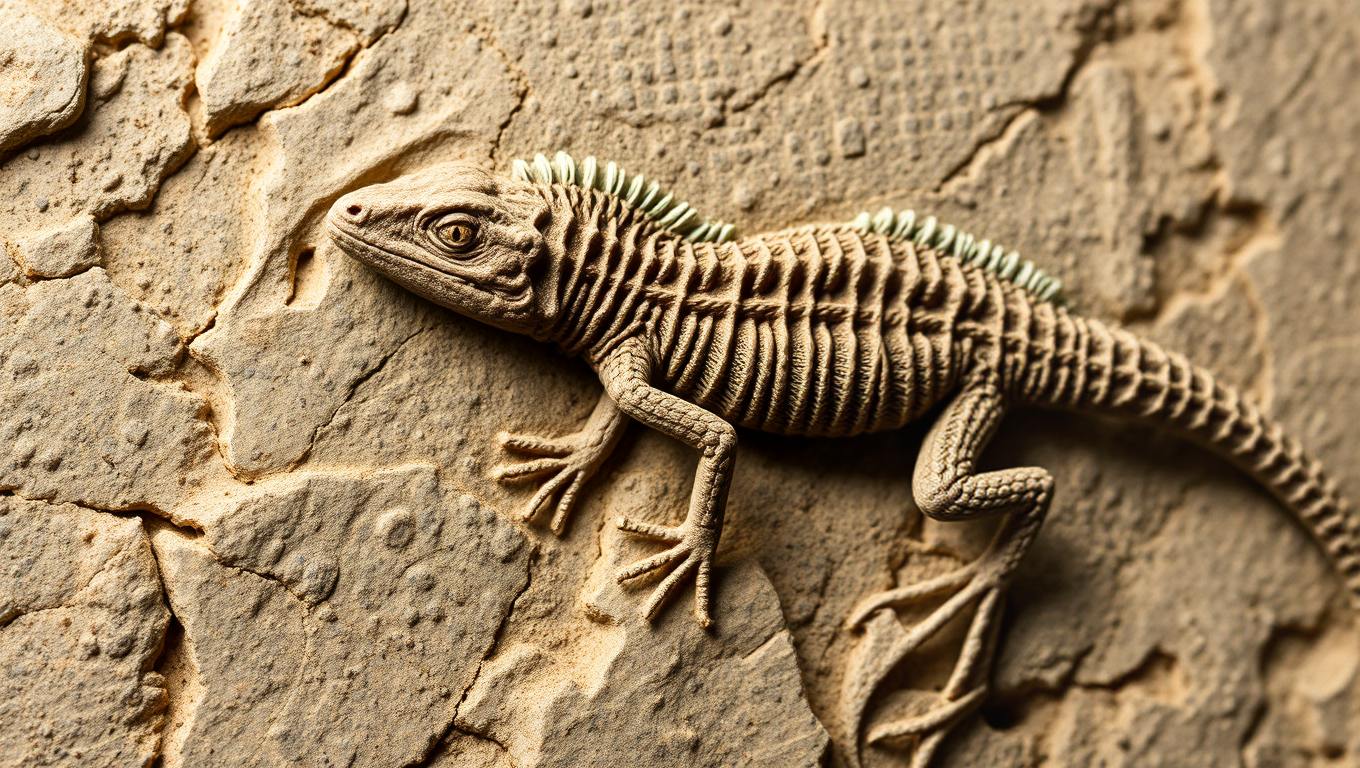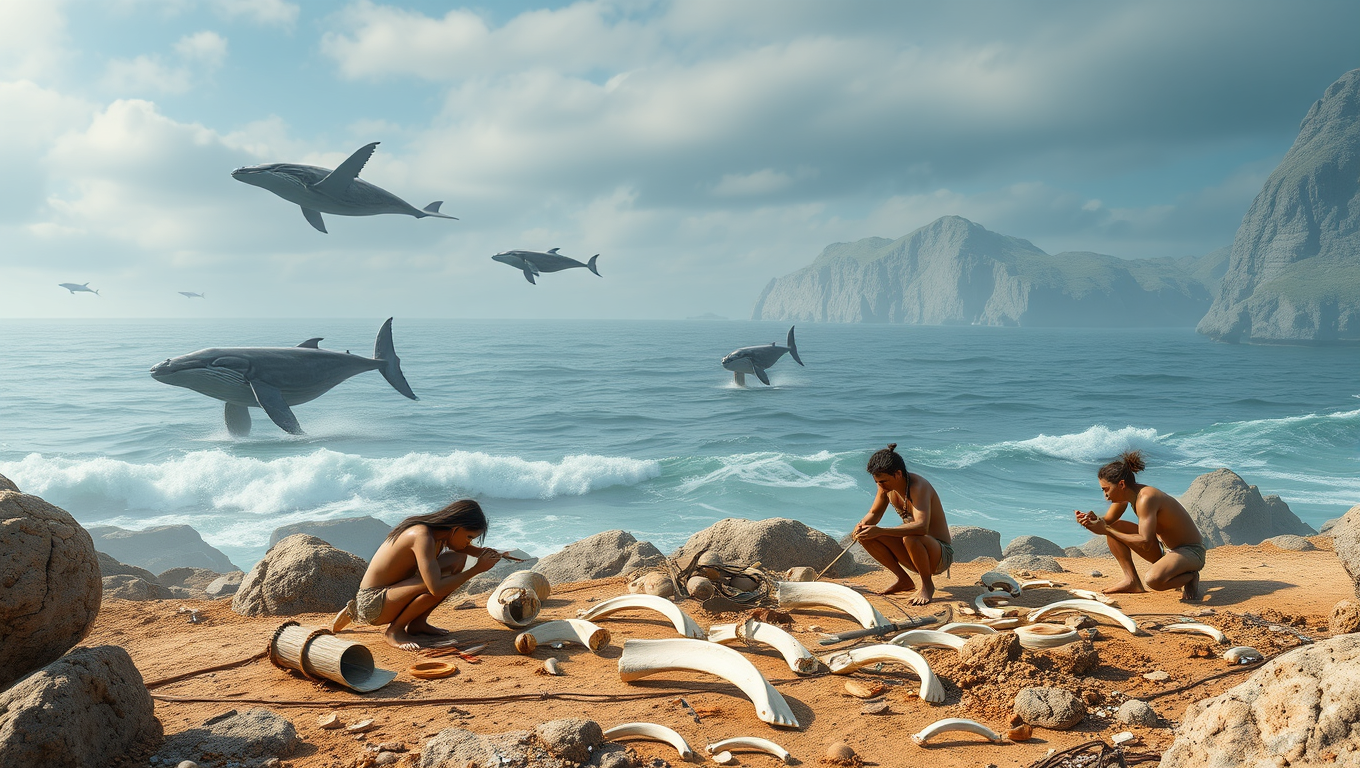While we try to keep things accurate, this content is part of an ongoing experiment and may not always be reliable.
Please double-check important details — we’re not responsible for how the information is used.
Early Mammals
Uncovering the Past: Tegu Fossils Reveal Ancient History in North America
Originally from South America, the charismatic tegu made its way to the United States via the pet trade of the 1990s. But a recent discovery shows these reptiles are no strangers to the region — tegus were here millions of years before their modern relatives arrived in pet carriers.

Dinosaurs
Uncovering a Microscopic Spear: Fossil Record Reveals 160 Million-Year-Old Fungus Piercing Trees
In a paper published in National Science Review, a Chinese team of scientists highlights the discovery of well-preserved blue-stain fungal hyphae within a Jurassic fossil wood from northeastern China, which pushes back the earliest known fossil record of this fungal group by approximately 80 million years. The new finding provides crucial fossil evidence for studying the origin and early evolution of blue-stain fungi and offers fresh insights into understanding the ecological relationships between the blue-stain fungi, plants, and insects during the Jurassic period.
Dolphins and Whales
Uncovering Ancient Whales: The Oldest Known Whale Bone Tools Revealed
Humans were making tools from whale bones as far back as 20,000 years ago, according to a new study. This discovery broadens our understanding of early human use of whale remains and offers valuable insight into the marine ecology of the time.
Ancient Civilizations
Megalodon’s Versatile Diet: Revisiting the Legend of the “Big Tooth” Shark
Contrary to widespread assumptions, the largest shark that ever lived — Otodus megalodon — fed on marine creatures at various levels of the food pyramid and not just the top. Scientists analyzed the zinc content of a large sample of fossilized megalodon teeth, which had been unearthed above all in Sigmaringen and Passau, and compared them with fossil teeth found elsewhere and the teeth of animals that inhabit our planet today.
-

 Detectors8 months ago
Detectors8 months agoA New Horizon for Vision: How Gold Nanoparticles May Restore People’s Sight
-

 Earth & Climate9 months ago
Earth & Climate9 months agoRetiring Abroad Can Be Lonely Business
-

 Cancer9 months ago
Cancer9 months agoRevolutionizing Quantum Communication: Direct Connections Between Multiple Processors
-

 Albert Einstein9 months ago
Albert Einstein9 months agoHarnessing Water Waves: A Breakthrough in Controlling Floating Objects
-

 Earth & Climate8 months ago
Earth & Climate8 months agoHousehold Electricity Three Times More Expensive Than Upcoming ‘Eco-Friendly’ Aviation E-Fuels, Study Reveals
-

 Chemistry8 months ago
Chemistry8 months ago“Unveiling Hidden Patterns: A New Twist on Interference Phenomena”
-

 Diseases and Conditions9 months ago
Diseases and Conditions9 months agoReducing Falls Among Elderly Women with Polypharmacy through Exercise Intervention
-

 Agriculture and Food9 months ago
Agriculture and Food9 months ago“A Sustainable Solution: Researchers Create Hybrid Cheese with 25% Pea Protein”





























